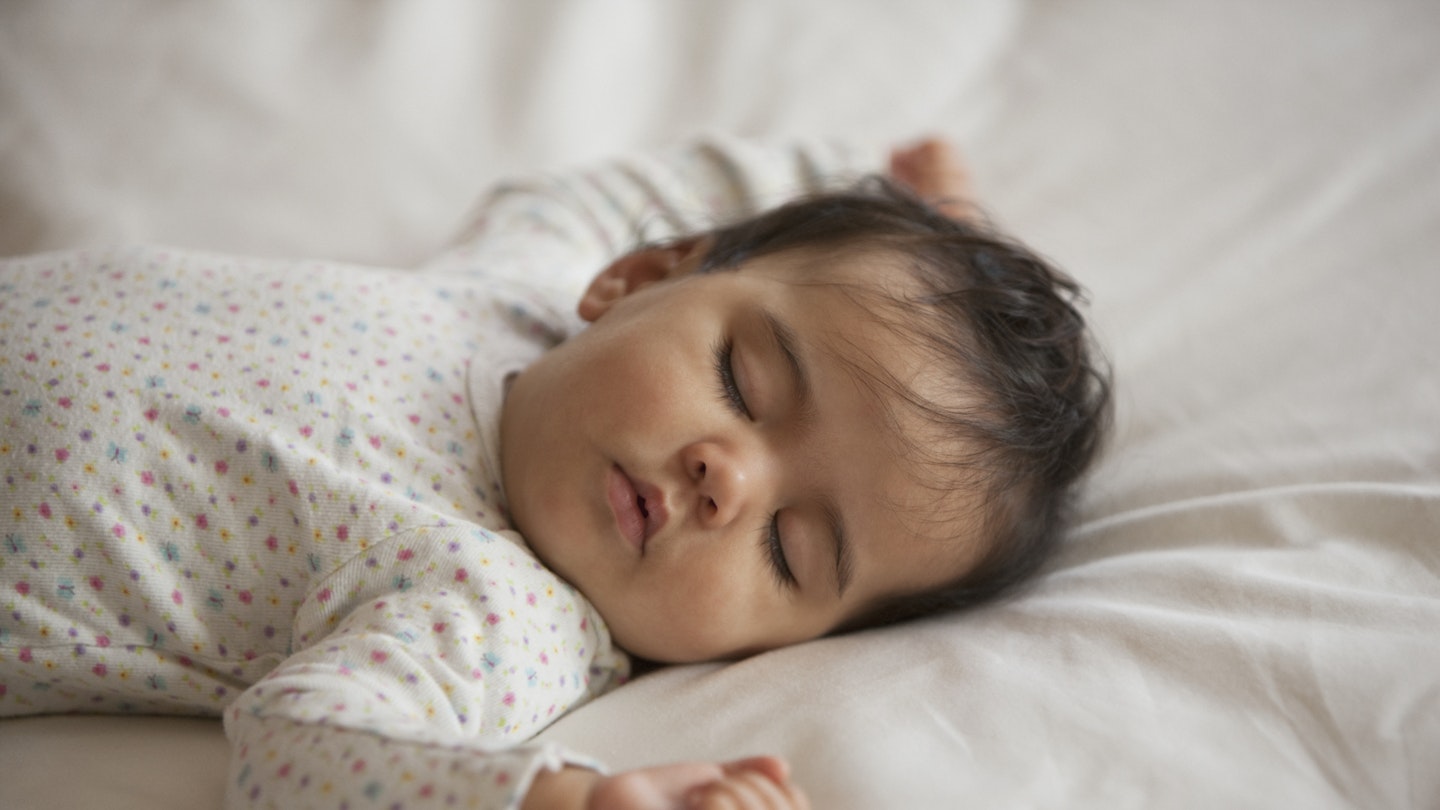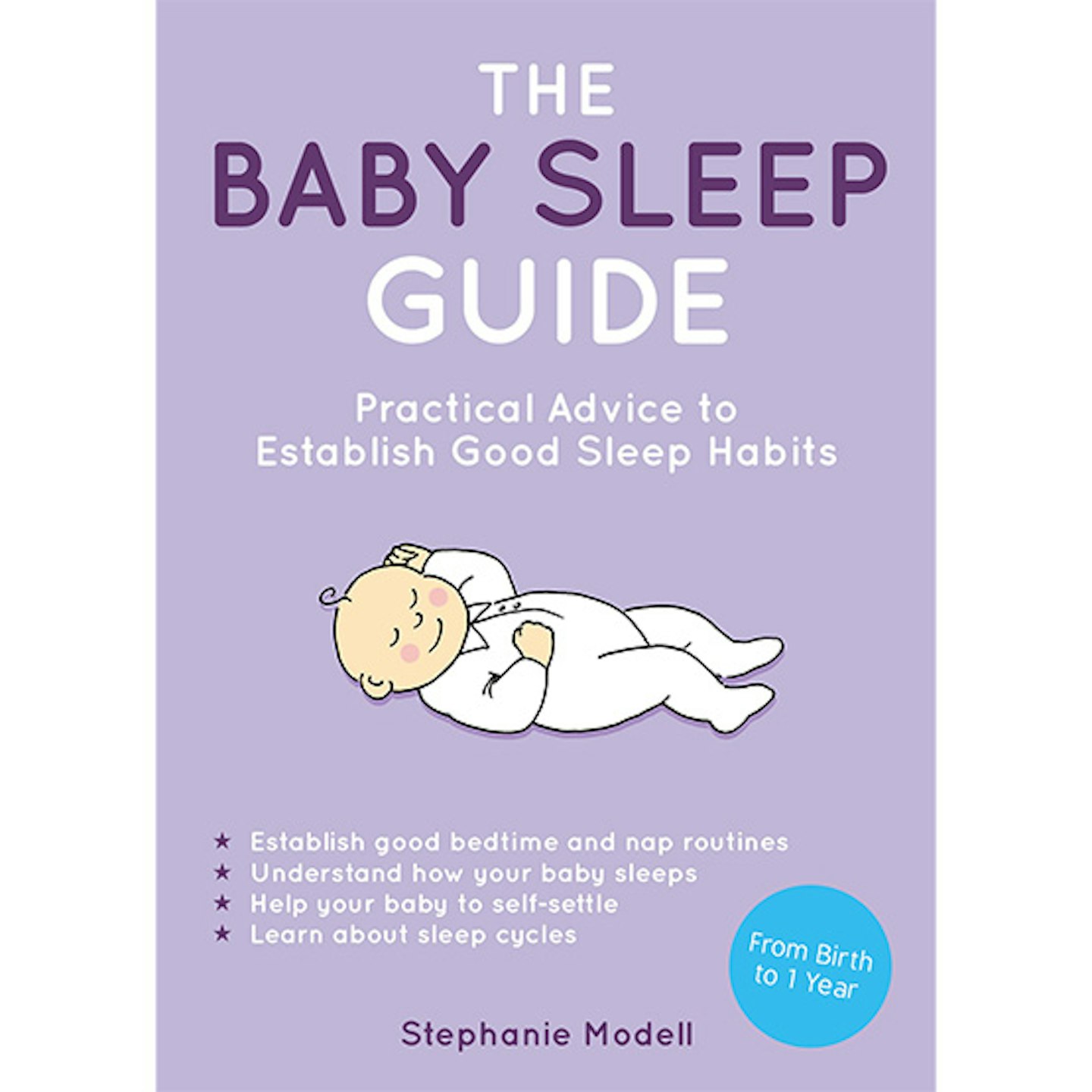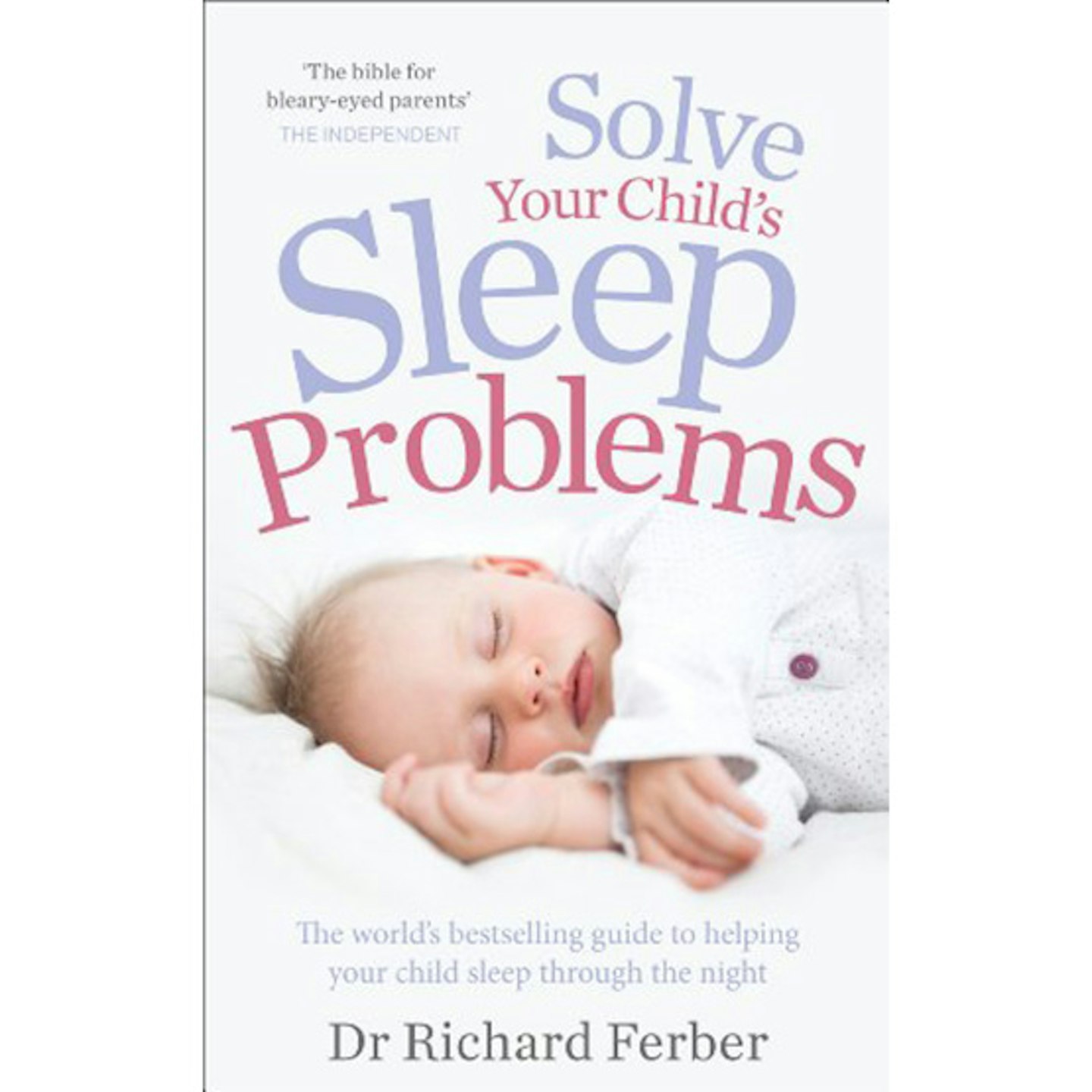Just like we teach our babies to talk and encourage them to reach their walking milestones, sometimes to get baby to sleep, we must teach them through sleep training.
We all know that sleep is a very important part of life.
Teaching your baby how to sleep is something that will serve them well in their everyday lives as they grow, too. Even as parents we're always looking for ways to improve our sleep quality, and if our nightly sleep is disturbed, it could make us tired, grumpy, and disturbed during the day too.
Sleep training might take a while to get the hang of and requires time, patience, and effort, but it will be worth it in the long run.
The great thing is that there are many different stages of baby sleep cycles and sleep training methods that you can choose from to suit your parenting style.
When to start sleep training baby
Child Development Specialist Fi Star-Stone said: "Just like all stages of development, every child is different, it is only you as a parent who will know that your little one is struggling to settle or stay asleep once settled, and that a little sleep training is needed."
"As a general guide, sleep training your child can start anytime between 4-6 months as this is the time your little one will have the ability to self-soothe and less likely to need those middle of the night feeds."
While there are ways to wean your baby off night feeds, this shouldn’t be attempted as a formal sleep-training method before four months, until your baby is able to go longer in between feeds and their circadian rhythm starts to develop.
As it is also recommended that baby sleeps in the same room with you in their own co-sleeping bedside crib until six months, this is a good time to start sleep training.
How to start sleep training
Before you start implementing a training method it's important that you first establish the perfect baby bedtime routine.
Fi says: "routine is the magic key! Sleep training starts from the moment your little ones wakes up in the morning rather than bedtime. This is because routine plays a key part in a healthy and regular sleeping pattern."
"Start by creating a steady and consistent routine. It doesn’t have to be regimented, instead aim for similar feeding or meal times, morning and afternoon nap times, daily wake-time activities and a regular bedtime routine which ideally consists of a nice bath, cuddles, feed/milk and into bed."
How do I create a bedtime routine?
Babies and children thrive on routine and the familiar, so if there is a particular place or baby sleep aid or toy they have in order to sleep, this should be with them every night.
"The key to a happy bedtime is making it all about the comfort. From choosing the bed to finding the most comfortable nightwear for the time of year, it can often feel like an overwhelming choice, but think how you like to sleep yourself. If you’re not truly comfortable, you’ll have frequent wake-ups, and babies and toddlers are the same." Fi adds.
"Little ones love to be soothed. This doesn’t mean rocking to sleep until your back can’t take anymore, but simply comforting them until they are settled and almost asleep. This can mean sitting by their cot stroking their hair, or humming a nice tune, or just simply being present to reassure them as they settle down."
Five sleep training methods:
Advanced sleep practitioner Lee Chambers says there are a lot of factors to consider when sleep training and there are "definitely positives to each sleep training method."
He said: "While you can control a lot of what your baby does, such as movement and nutrition, sleep is one of the few things we can’t control."
"While routines are powerful, there has become an expectation that sleep can be perfected and this can cause frustration. You can't have too many expectations, and sometimes we have to reframe the situation to see that there's already a good level of consistency."
Lee advises that "screen time should be controlled, as should the later afternoon naps in toddlers. It's also good to use light sources with low levels or blackout curtains."
Here are five of the best tried-and-tested sleep training methods that you could try to help get your baby sleeping through the night.
1. Sleep training no-cry – the fading method
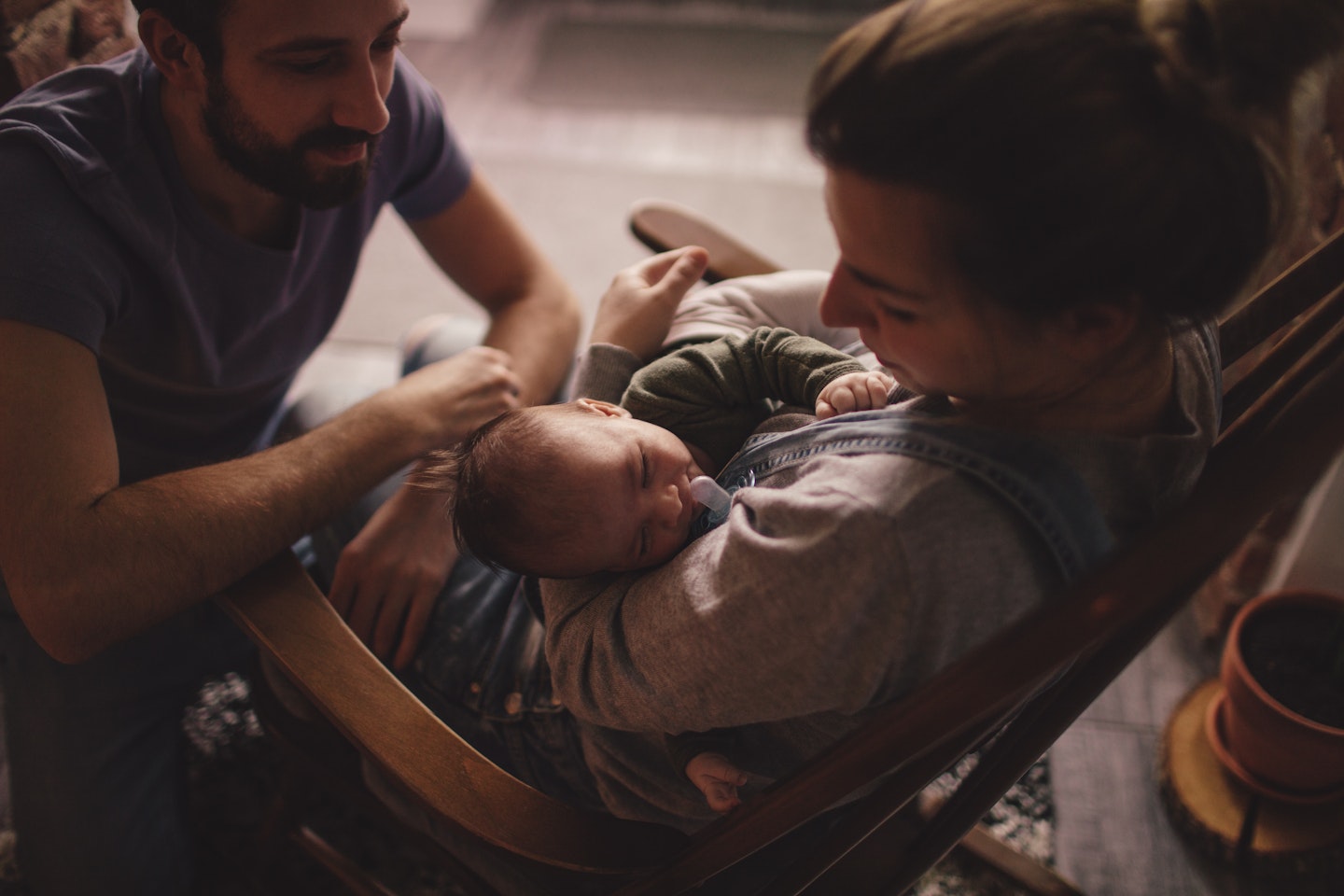
For sleep training without controlled crying, the fading method (a.k.a. gradual retreat), just means doing what you’ve been doing till now, and gradually minimising the contact that you have with your baby at bedtime.
This Morning’s sleep expert and bestselling author of Baby Secrets, Jo Tantum, gives her top tip saying: "help your baby learn how to fall asleep without a sleep prop"
For instance, if you usually put them down to sleep after they’ve gone to sleep, with the fading-it-out method, you’ll put them down just before they fall asleep.
If they wake up and cry, pick them up again. If you rock them to sleep, gradually try to stop doing this. If they cry when you stop, rock them a little bit again, but keep trying to minimise this.
If your child falls asleep on the boob, try to replace this with a breastfeeding friendly dummy, or get your partner to take the baby to bed instead so they stop associating breast time with bedtime. It’s a very gradual process but can be done.
2. Minimal contact soothing sleep training method

This is also known as the pick-up/put-down sleep method and is another gentler way to sleep train.
This works with the parent staying with the baby till they fall asleep, but trying to minimise the contact, for instance, not having the baby in your arms.
Put them down into bed, pat them, shush them, and try to back away. If they cry, you can pat and shush again. If this doesn’t work, you can pick them up, and when they are quiet again, put them down.
They need to get used to being put down. The whole point is to only pick the baby up for comfort but put them down for sleep.
Try to keep minimizing the contact. At some point, you’ll stop picking them up, and just pat them, till eventually you can put them down at bedtime and let them sleep on their own.
We like this method, and babies do too. It’s tiring for the parent at first and could take longer than the other methods but it’s guilt-free!
3. The sleep training Ferber method

The sleep training method invented by Dr Richard Ferber, is also known as the sleep training cry-it-out method, or the check-and-console method.
Once you’ve put your baby down in bed with their soothing bedtime music or night lights, you leave the room, and if they protest, you come back in and stroke them and soothe them with words, like “there, there,” or “goodnight baby, go to sleep,” or your words of choice, before leaving again.
If they cry or protest, you go back in, again, stroke and soothe them, preferably not picking them up, and leave again till they fall asleep.
If they continue to cry, you stick to the same routine, adding a minute each time before going back into the room.
This takes a while as this can go on for an hour or more, but no one said sleep training was easy!
The point of the Ferber method is to reassure the baby that you are always there, but it’s bedtime now, so it’s time to sleep.
This method is taken from a more extreme version of the Ferber Method, and the most controversial, the Extinction Method, which is also known as the sleep training Cry it Out method.
This was invented by Marc Weissbluth and entails taking your child to bed, saying goodnight, and leaving them there to cry it out until they go to sleep.
Many experts and parents highly criticise this method and, since there are many other ways to get a child sleeping through the night on their own, deem it unnecessary.
Having said that, a lot of parents turn to this method as a last resort when they are at their absolute wit’s end, with great results.
If you can stomach it, it is a highly effective and speedy way to get your child to sleep on their own through the night, often within just a few days.
(We haven’t added this method to this list because we believe that with a little patience and persistence, you can get great results with the other five methods we’ve selected.)
4) The sleep training chair method

The chair method is a way to let your child know that you are there, but it’s still bedtime.
A milder version of the Ferber method, you prepare your child for bed and put them down using the same routine every night, grab a chair and sit down next to them till they fall asleep.
This method may take longer than other methods because if your child feels you there, they may want your attention, but you’ll have to resist.
If they cry, you can comfort them every few minutes till they settle down.
Try not to make eye contact because it will be hard on both of you if you’re watching the baby cry and not responding. It’s not fun watching a baby cry and not doing anything about it, and the child will be wondering the same thing.
Once you’ve mastered them falling asleep while you’re sitting next to them, the next step is moving the chair further and further away, till you’re out of the room completely.
5) The hybrid sleep training method

There is no one size fits all when it comes to babies - some babies respond to dummies, while others may not.
Some may like being swaddled, some may not. There is no right and wrong way, and each parent must choose what is right for them and their baby.
There are no specific hybrid sleep training method rules. It’s about going with your instincts. With this hybrid method, you choose what is good for you.
Maybe you’ll choose the soothe and comfort method for 20 minutes, and then move onto the chair method for another 20, before going on to the Ferber method.
Remember that children go through phases and even a great sleeper may have sleep regression so you may have to go through sleep training all over again at certain times.
If you want to make changes to their bedtime routine, make them gradually and ease the baby into it. With whatever works for you, the key is consistency.
Benefits of sleep training
• Gets a baby used to, and enjoying, sleeping on their own
• Teaches them independence
• Teaches children to fall asleep again on their own after waking during the night
• Gives parents a break and a much-needed full night’s sleep
• Small progress in sleep as a baby can have advantages as an adult
Cons of sleep training
• It might take a while to do and can cause some frustration in both baby and parents in the beginning
• Parents may feel guilty for leaving the child alone even if it’s only for a few minutes
The best sleep training books
Here is a selection of the best sleep training method books that are available to help you get your little one sleeping through the night.

Description
The Wide Awake Baby Club by Fi Star-Stone helps tired parents with gentle expert advise and tips to help make bedtime happier.
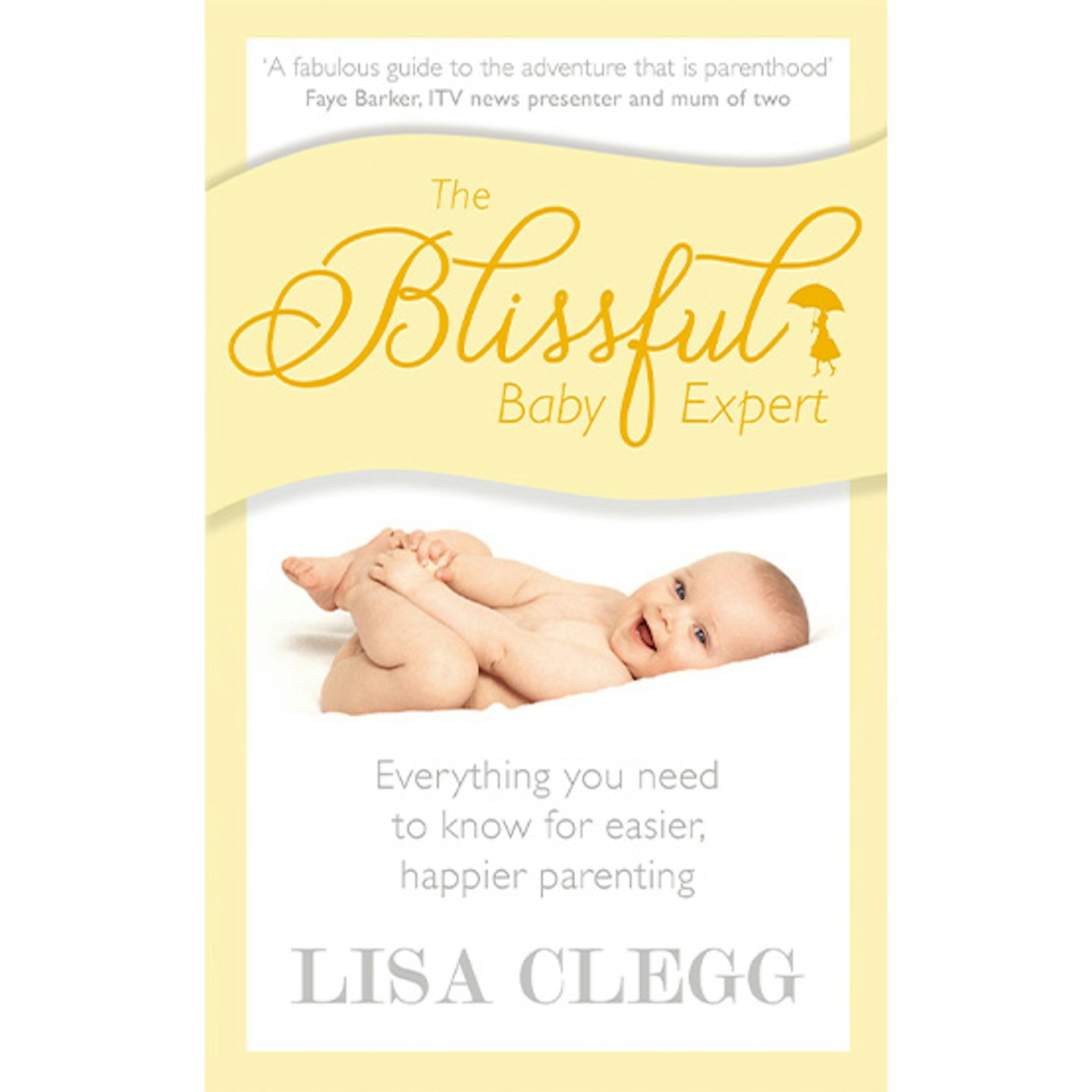
Description
The Blissful Baby Expert provides guidance for every step of your parenting journey, from coming home to sleep, with flexible plans on helping baby to settle.
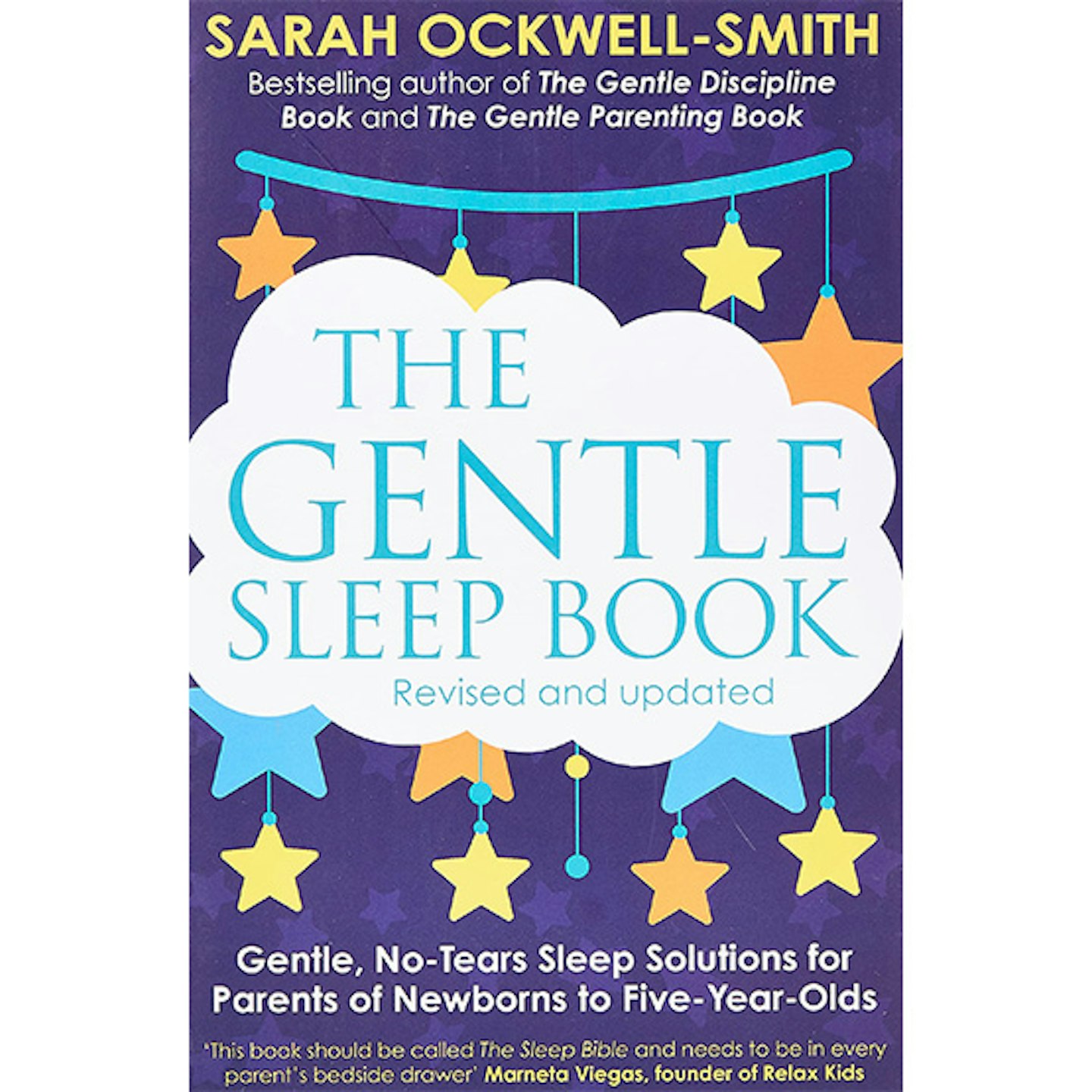
Description
Treading careful between the balanced lined needs of sleep deprived parents and children, The Gentle Sleep Book offers reliable advice on common sleep problems such as waking, night terrors and how to create the perfect sleep environment.

Description
With flexible strategies based on years of research, Precious Little Sleep helps parents to tackle healthy napping, waking for food and solving sleep struggles.
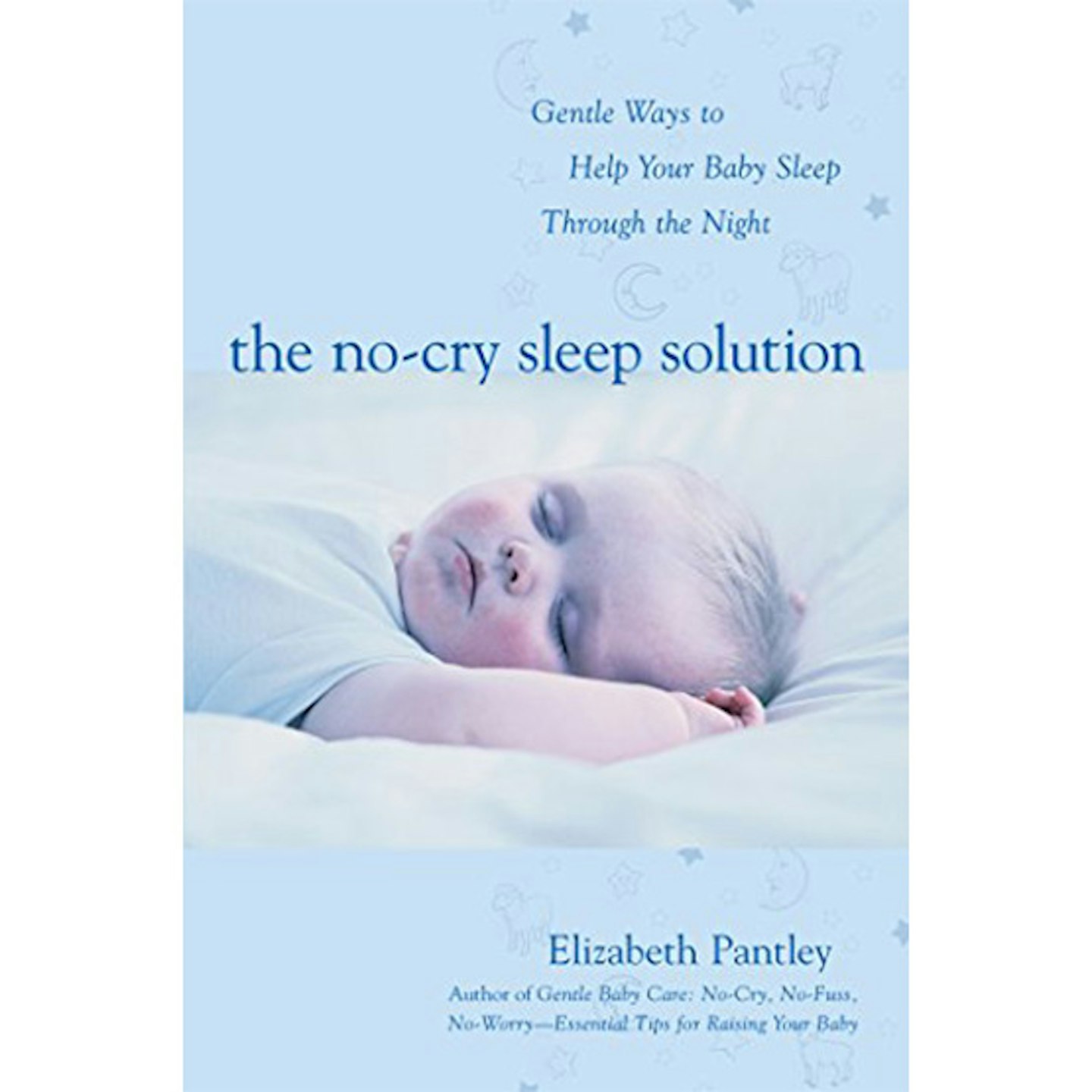
Description
The No-Cry Sleep Solution helps identify stumbling blocks that prevent sleep and how to work with baby's natural sleep rhythms.
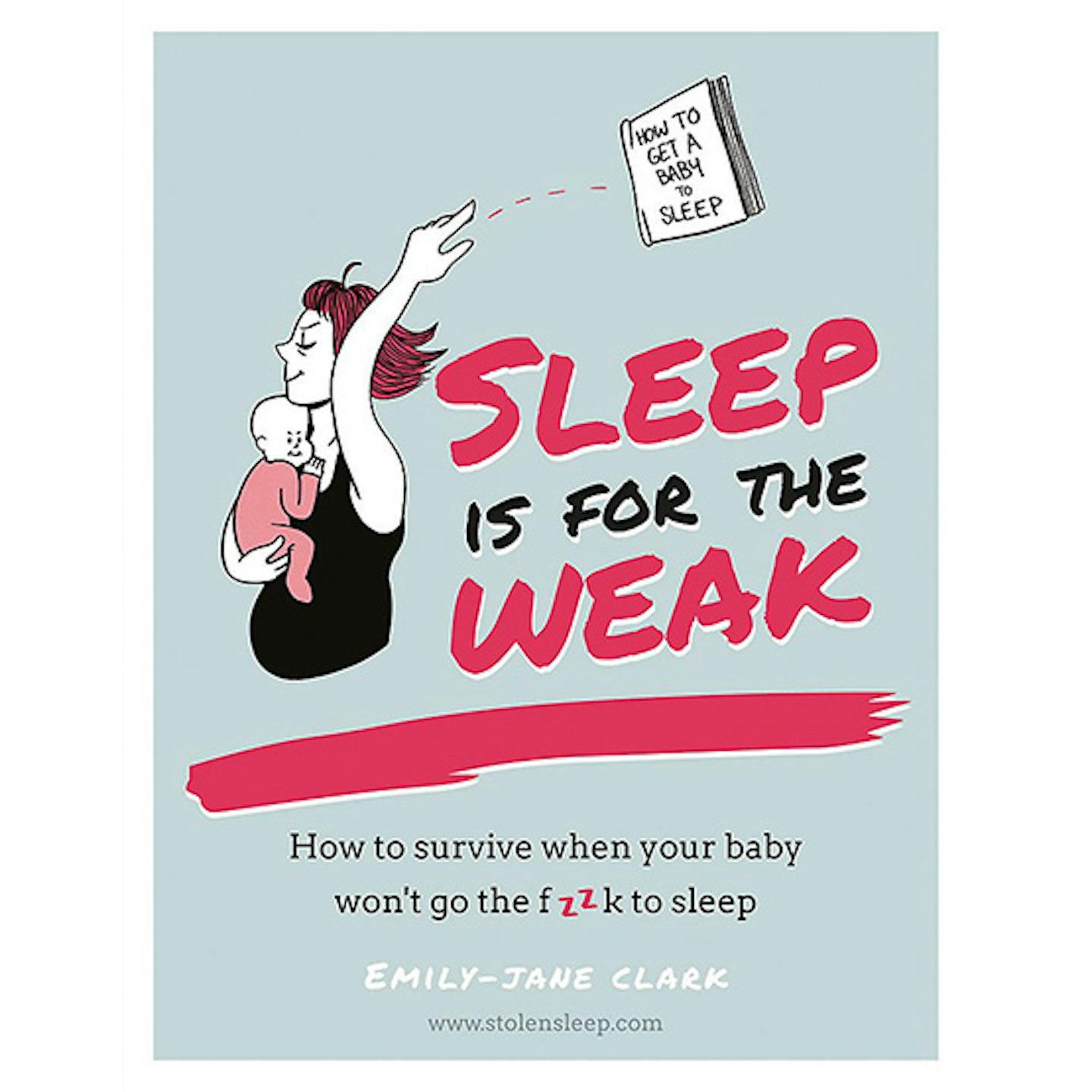
Description
Providing a little comical relief to tired parents, Sleep is for the Weak offers reassurance to parents that things gets easier with sleep.
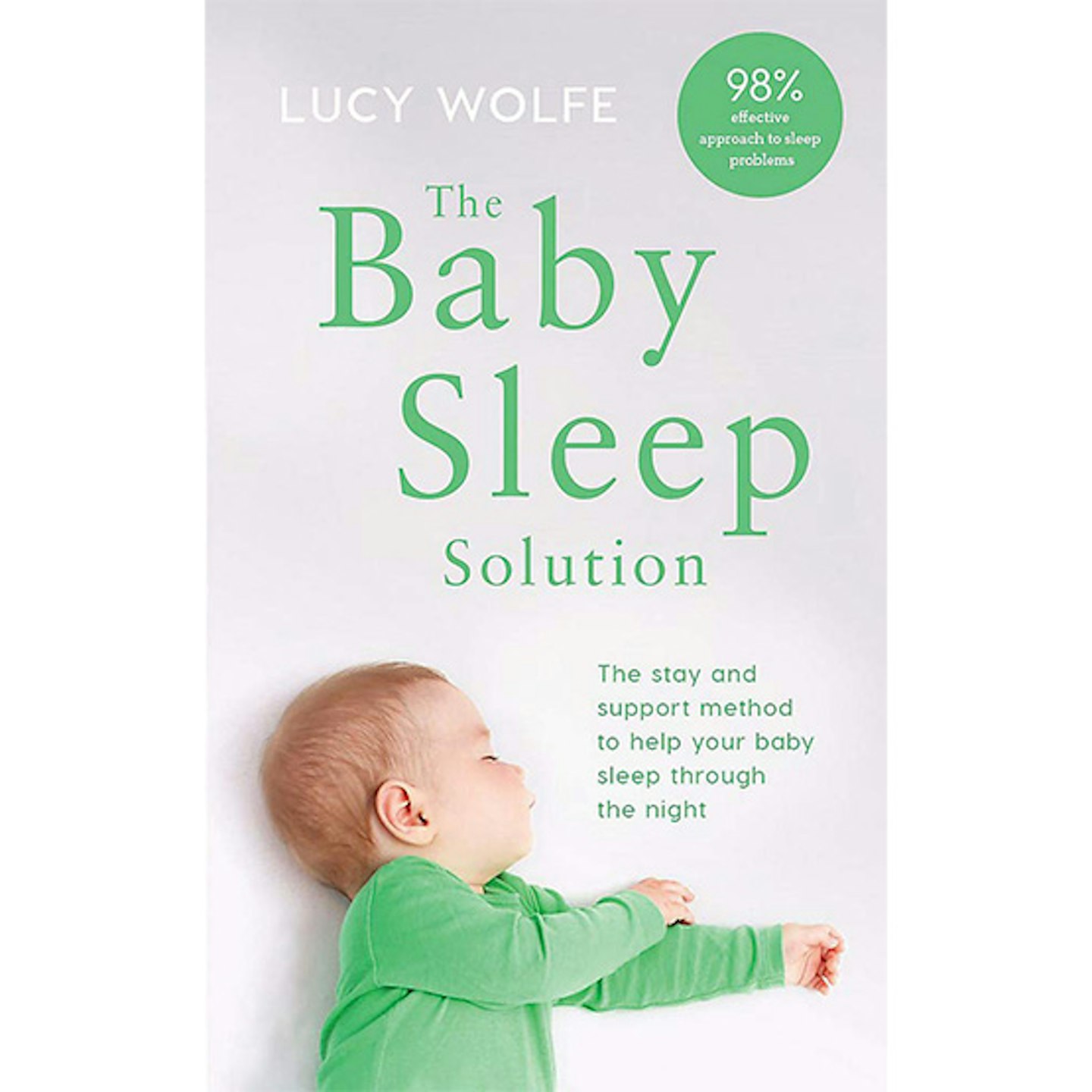
Description
With a gentle and emotionally considerate approach, The Baby Sleep Solution: The Stay-and Support Method helps parents encourage young babies, toddlers and young children to sleep, while ensuring they feel safe, secure and loved.
Description
The Baby Sleep Guide: Practical Advice to Establish Good Sleep Habits provides simple and easy techniques to create positive sleep habits.
Description
With a clear and reassuring approach, the Solve Your Child's Sleep Problems by Dr Richard Ferber is full of guidance with a range of different potential sleep problems.
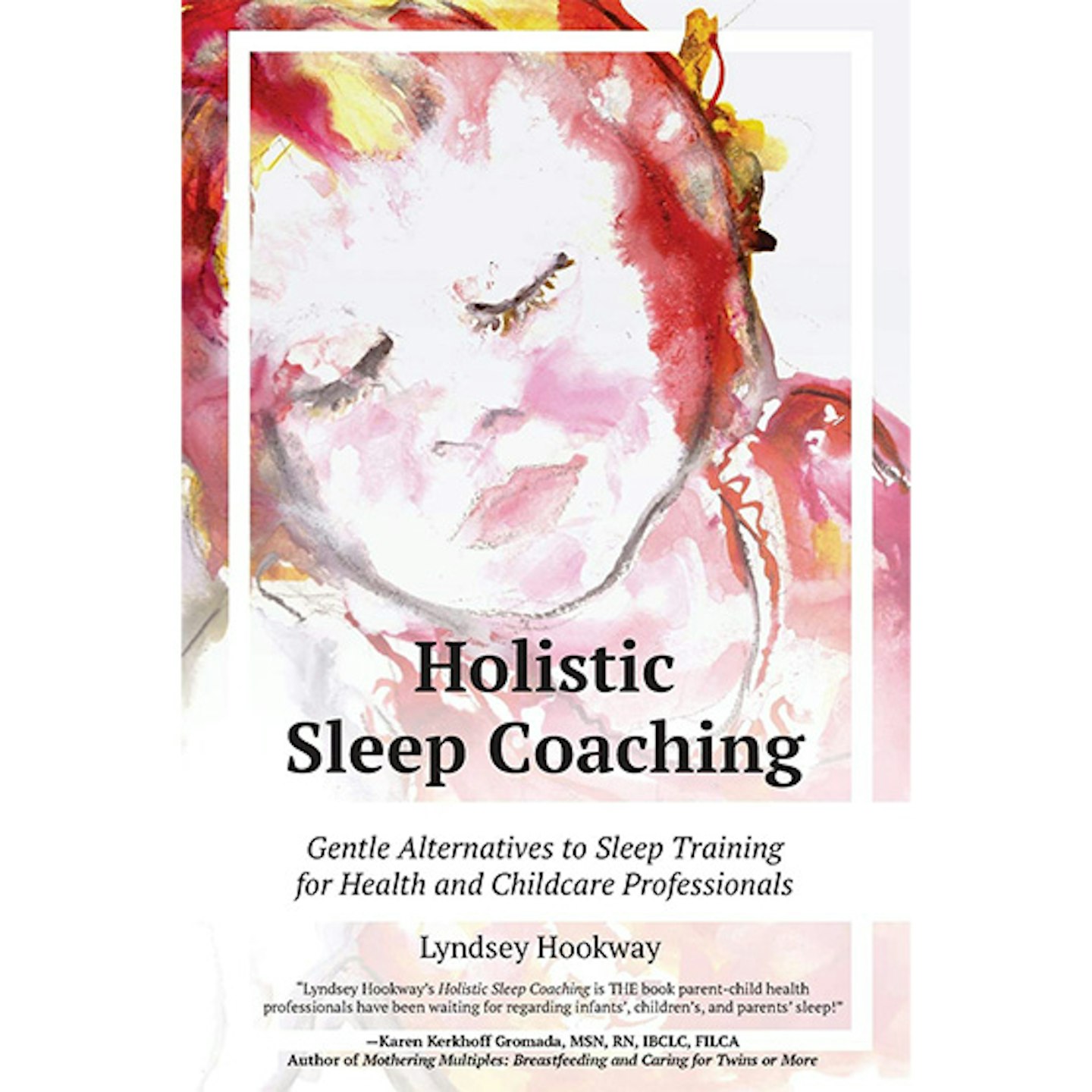
Description
This book provides more of an insight into how sleep works. The Holistic Sleep Coaching: Gentle Alternatives to Sleep Training for Health and Childcare Professionals helps educate on the importance of sleep for parents and babies, and how to look at the bigger picture when it comes to sleep.
How long does sleep training take?
Every baby is different and sleep training will work differently with different babies.
Fi says that consistency is key: "to sleep train, everyone involved in your little ones daily care needs to be on the same page. The nap times need to be regular, the bedtime routine the same, and the techniques for settling when there are wake-ups during the night, all need to be the same. This is so your little one understands the plan, feels reassured and adapts accordingly."
"With consistency in place, in my 30 years experience, gentle sleep training can take as little as three days to make a huge difference in everyone's lives."
There are many other ways to help get your baby to sleep through the night. Sleep training doesn’t have to be synonymous with crying, it’s not cruel, and it will immensely help both you and your baby.
Fi is a bestselling Author and Child Development Specialist with over 30 years experience working with children and families. Her qualifications include a Degree in Childhood and Youth studies, an NNEB in Nursery nursing, and a Diploma in Childhood studies
